In the thrilling world of NASCAR, the sight of powerful cars relentlessly circling the track in a series of left-hand turns is both iconic and puzzling to the uninitiated. While the simplicity of the left turn circuit might seem monotonous at first glance, there are historical, practical, and safety reasons behind this tradition. Delving into these reasons reveals a fascinating blend of tradition, engineering, and strategy that keeps this motorsport thrilling and competitive.
Historical Context of Left Turns
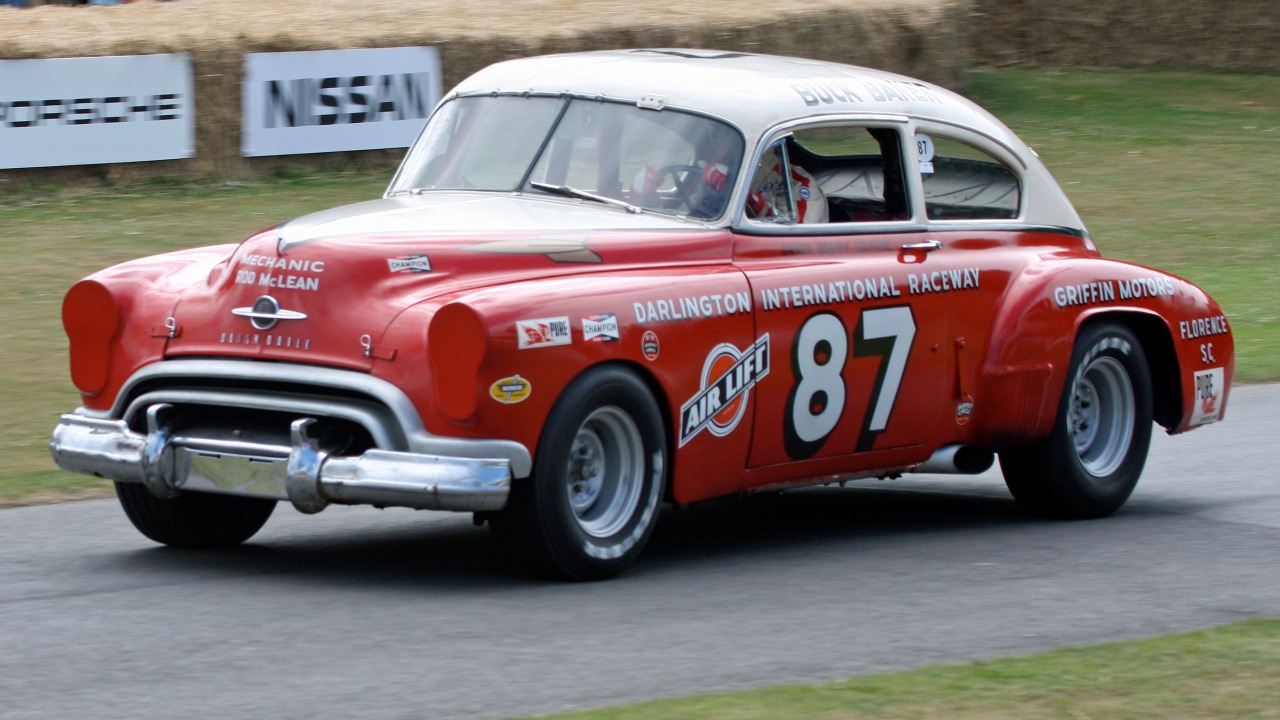
The origins of NASCAR trace back to the early days of stock car racing on dirt tracks in the United States. During the Prohibition era, bootleggers modified their cars to outrun law enforcement while transporting illegal alcohol. This need for speed and agility led to informal races in rural fields and dirt tracks. Left turns naturally became the norm, partly due to the prevalence of circular tracks, which were easier to set up and manage. As bootlegging evolved into organized racing, the tradition of counterclockwise circuits persisted.
Interestingly, the influence of horse racing, a beloved American pastime, also played a role in shaping NASCAR’s left-turn tradition. Like NASCAR, most horse racing tracks in the U.S. are designed for left turns. This similarity is more than coincidental; the familiarity and cultural resonance of horse racing likely impacted early motor racing standards. Over time, as NASCAR gained popularity, the standardization of track design reinforced the left-turn pattern. Consistency across venues made it easier for drivers to transfer their skills and for organizers to maintain uniformity in race logistics.
Engineering and Design Considerations
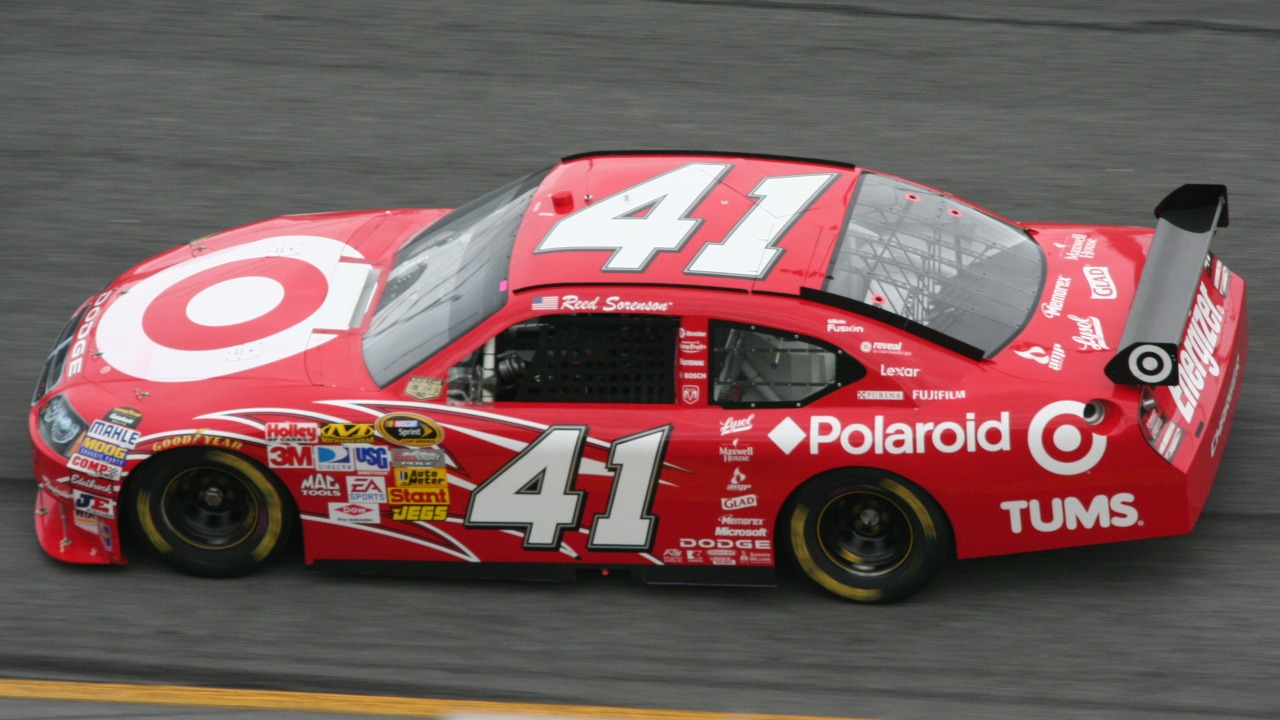
Modern NASCAR vehicles are finely tuned machines, engineered to perform optimally on counterclockwise tracks. The design of these cars incorporates asymmetrical aerodynamics and weight distribution, maximizing speed and handling during left turns. For example, the left side of a NASCAR car is often lower than the right side, helping it hug the track more effectively. This design choice allows drivers to maintain higher speeds through turns, a critical aspect of competitive racing.
Track construction also favors left turns, offering advantages in terms of spectator visibility and maintenance. Tracks are designed with banked curves, which help cars maintain speed and stability. These banks are typically steeper on the left, aligning with the direction of the turns. Additionally, from a maintenance perspective, left-turn tracks require less intricate engineering than those with both left and right turns, reducing costs and complexity.
Safety is another paramount consideration. NASCAR tracks are equipped with safety barriers and runoff areas designed specifically for left turns. The predictability of counterclockwise racing simplifies emergency response planning, as rescue teams can anticipate the most common crash scenarios. This focus on safety not only protects drivers but also enhances the overall racing experience for fans and participants alike.
Psychological and Strategic Elements
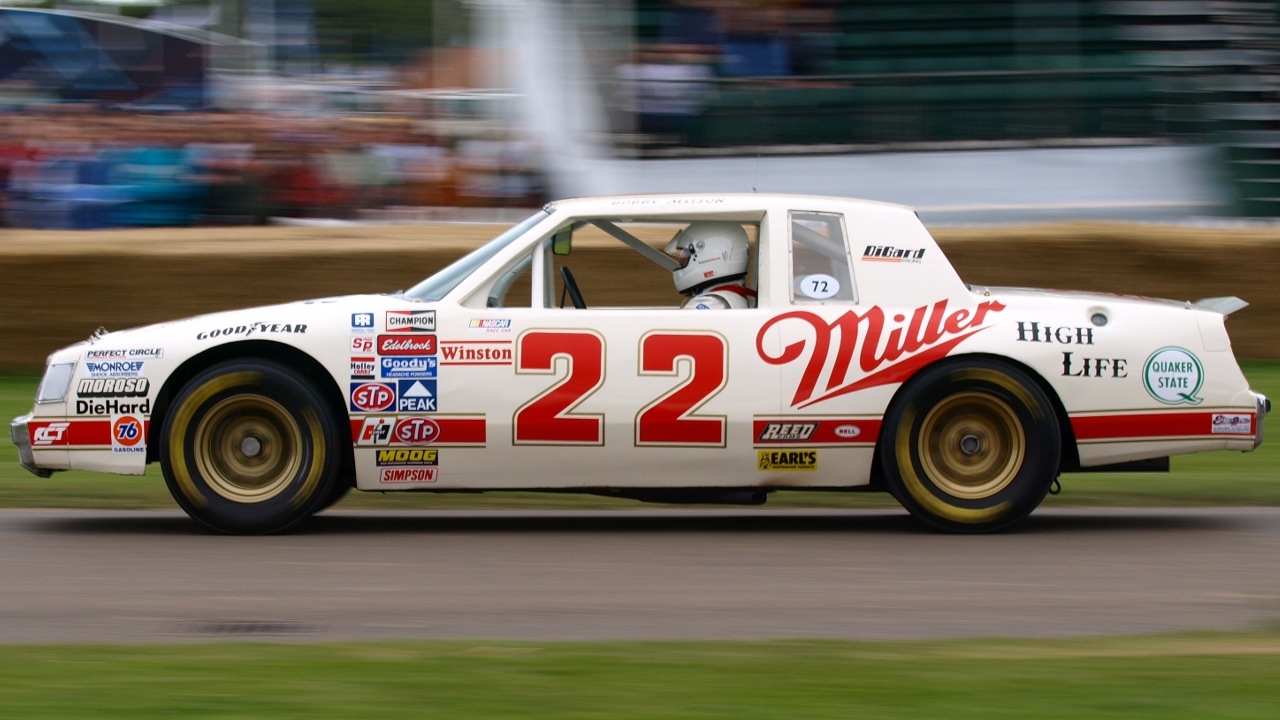
For NASCAR drivers, the predictability of left turns allows for the development of specialized skills and strategies. Competitors can hone their techniques, focusing on perfecting their timing, precision, and control through consistent practice. This specialization leads to a high level of expertise in handling the unique demands of NASCAR racing, contributing to the sport’s competitive nature.
Strategically, the uniformity of left turns influences race dynamics in several ways. Drivers deploy drafting techniques, where they closely follow the car in front to reduce air resistance and conserve fuel. Additionally, pit stop strategies are optimized for the flow of left-turn circuits, allowing teams to execute quick and efficient stops that can make or break a race.
For fans, the tradition of left turns is integral to the cultural identity of NASCAR. The predictable rhythm of the races contributes to the excitement and engagement of the audience, who often develop a deep appreciation for the skill and strategy involved. This connection enhances the fan experience, making NASCAR a unique and beloved motorsport.
Comparisons with Other Motorsport Disciplines
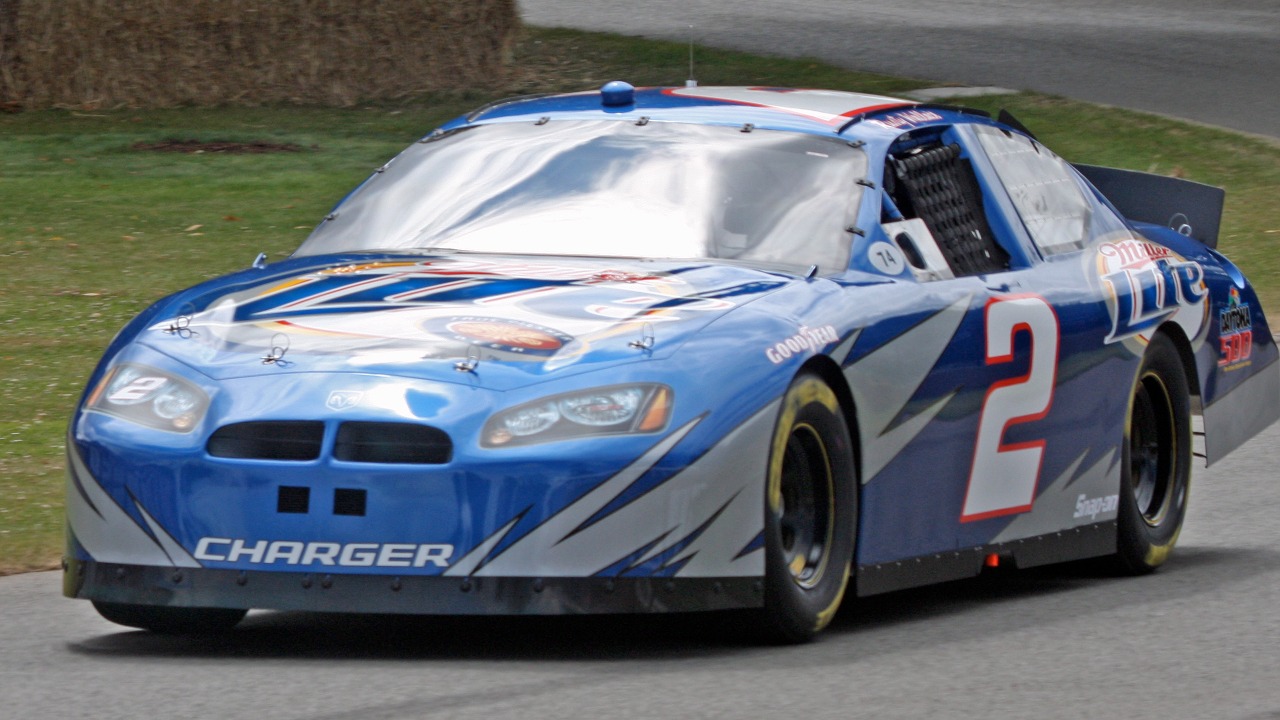
NASCAR’s left-turn tradition stands in stark contrast to other motorsport disciplines, such as Formula 1 and Le Mans, which incorporate both left and right turns. These road racing formats demand different skill sets from drivers, who must navigate a variety of track layouts and conditions. The diverse challenges of road racing highlight the distinct nature of NASCAR, where consistency and specialization in left turns are key.
Internationally, NASCAR’s emphasis on left turns is often seen as a uniquely American trait. While other racing series around the world may incorporate counterclockwise circuits, the predominance of left turns in NASCAR is unmatched. This cultural distinction contributes to the sport’s identity, both domestically and abroad, where it is sometimes viewed as an intriguing curiosity.
However, NASCAR does occasionally break from tradition with road course events that feature right turns, such as those held at Watkins Glen and Sonoma Raceway. These events offer a refreshing change of pace and challenge for drivers, testing their adaptability and versatility. The inclusion of road courses demonstrates NASCAR’s willingness to innovate while maintaining its core identity.
Future of Left Turns in NASCAR
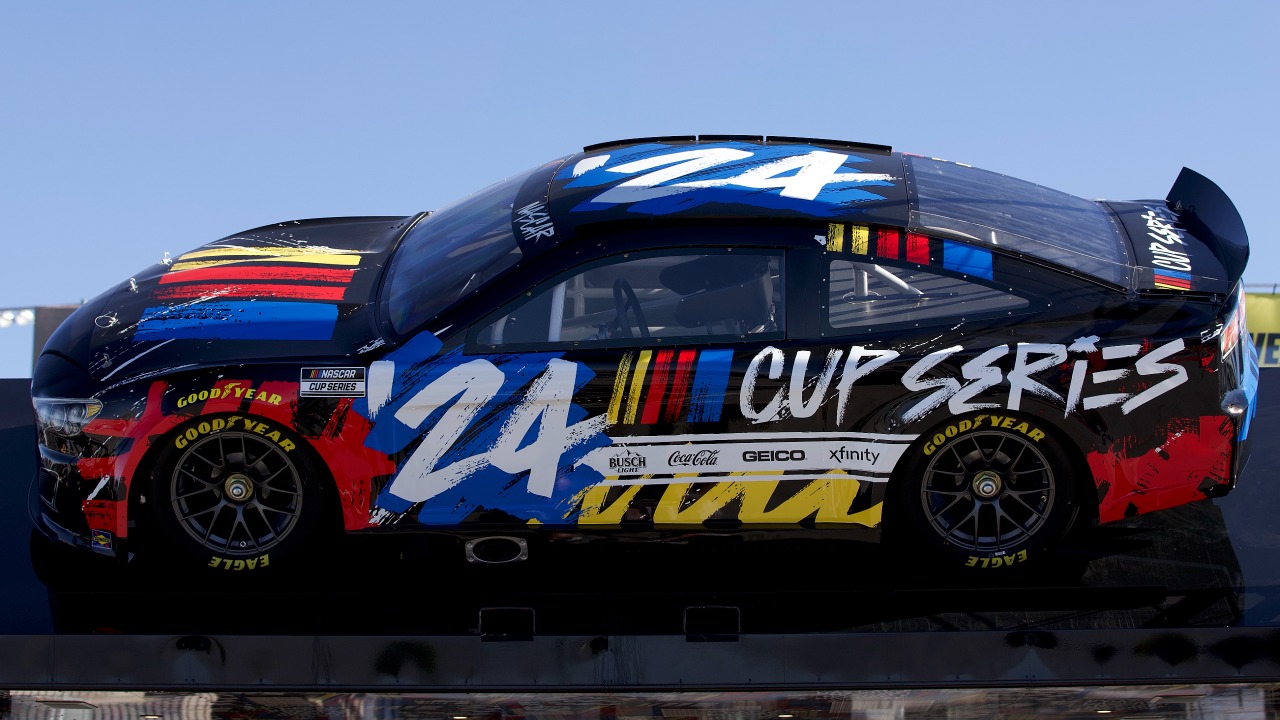
As NASCAR evolves, there is ongoing discussion about whether technological advancements or changing fan expectations might lead to more diverse track designs. While the left-turn tradition remains strong, the sport is not immune to the influences of technology and sustainability. Emerging technologies, such as electric vehicles and advanced materials, could impact track design and racing strategies in the future.
Sustainability initiatives are also driving change, as NASCAR seeks to reduce its environmental footprint. Innovations in track materials and energy-efficient vehicle designs may influence the way races are conducted, potentially leading to new track configurations that challenge the left-turn status quo. However, any significant changes would need to balance the sport’s traditions with modern demands.
Ultimately, the cultural significance of left turns in NASCAR is enduring. While the sport may adapt to new technologies and societal shifts, the essence of NASCAR racing—rooted in its historical and cultural traditions—will likely continue to captivate fans and participants. The left turn is not just a racing direction; it is a symbol of NASCAR’s rich heritage and its ongoing journey into the future.
Like Fast Lane Only’s content? Be sure to follow us.
Here’s more from us:
*Created with AI assistance and editor review.

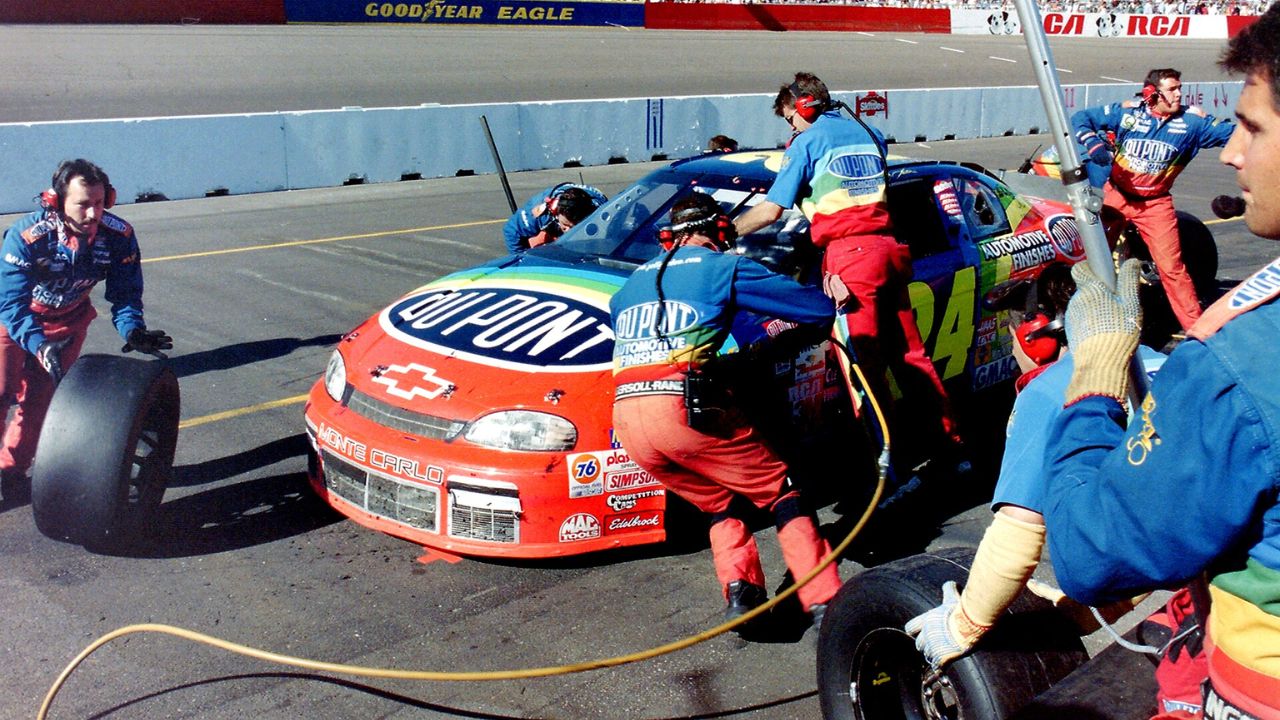

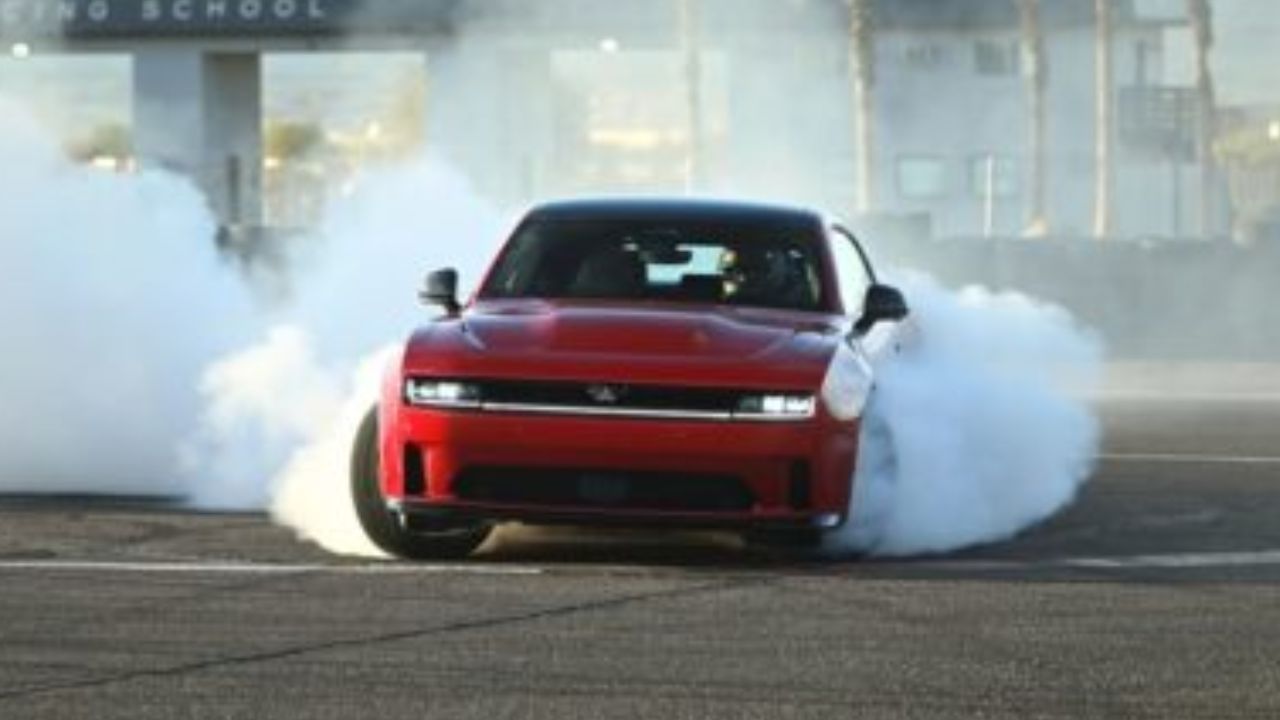

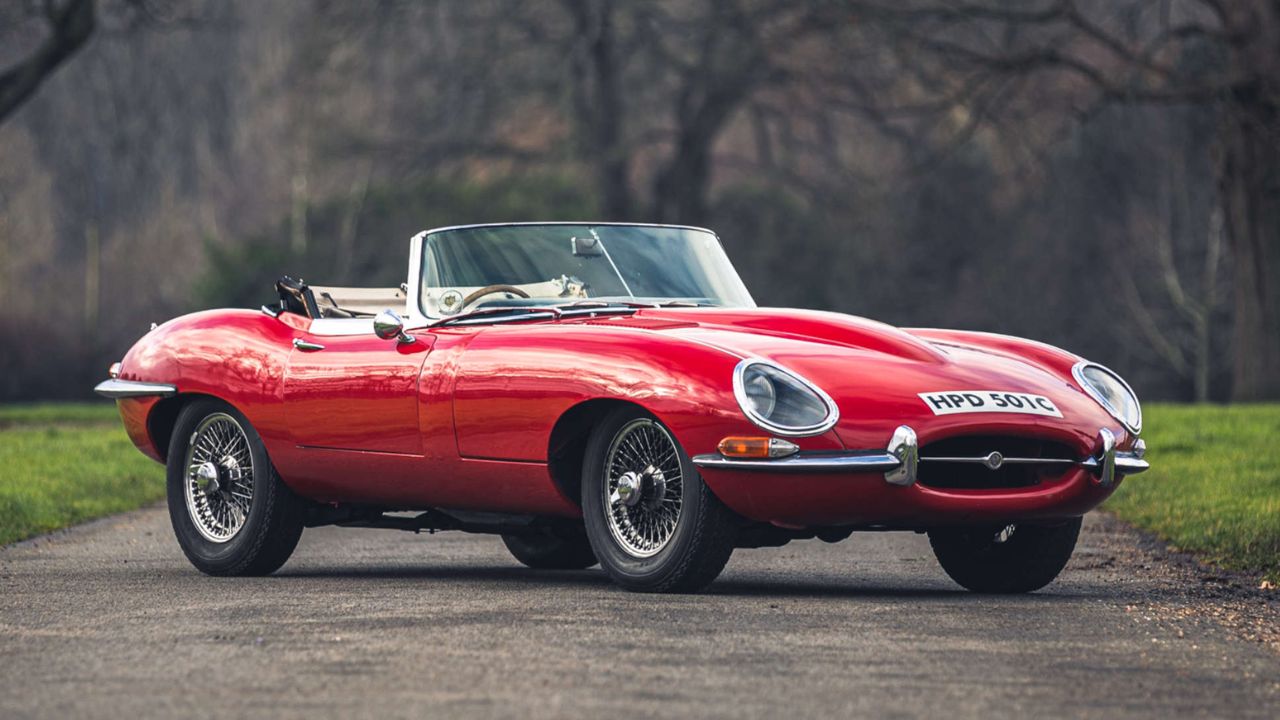

Leave a Reply